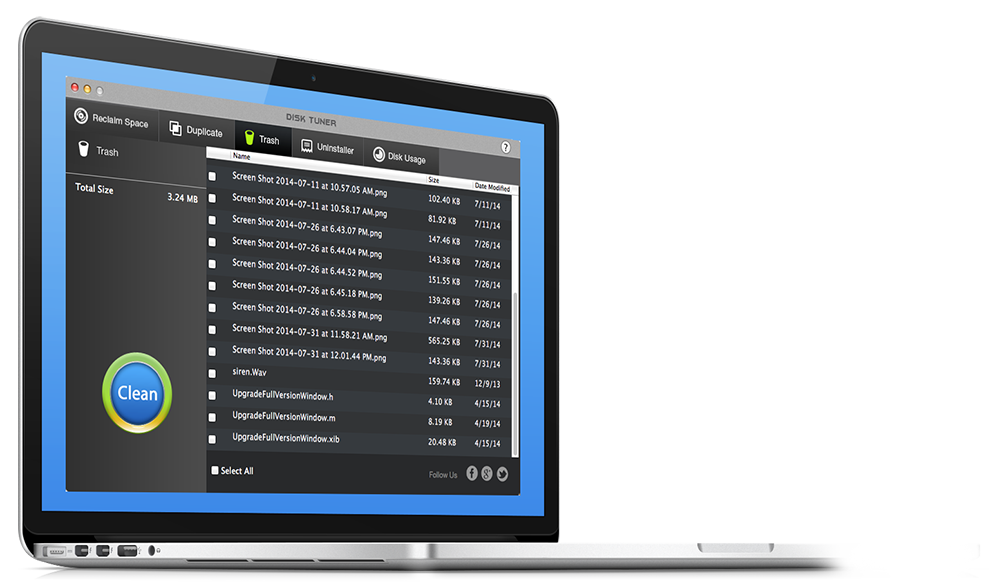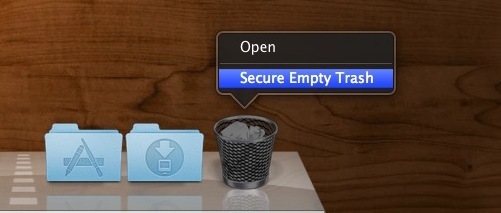



To be able to install new apps and download large files you need to free a few gigabytes. When your Mac runs out of disk space it starts running slow. It encrypts the erased data so that no one will ever get access to it. To get rid of the files permanently, you should use the Secure Empty Trash option. If you delete unnecessary files from your Mac by moving them to the Trash folder and emptying it, the data still can be restored with the help of special software. This is a particularly helpful trick if you’re triaging a very large or cluttered Trash can on a Mac, since you can target individual large files to free up disk space. Repeat with other specific files to delete them immediately as desired.To do it from any open Finder window, click on the Finder menu and select Secure Empty Trash.

Empty Trash will change to Secure Empty Trash. Hold down the command key and click on the Trash.Click and hold on the Trashcan icon in the Dock.Secure empty the Mac’s trash takes longer, yet gives, as the name suggests, a safer type of record erasure. Secure Empty Trash overwrites the erased records with what Apple calls “good for nothing information.” Now and again you may erase documents that are especially delicate: Financial records, for instance, cozy photographs, or other information you totally don’t need anybody to get their hands on, under any conditions.Īpple has thought about this and has given a Secure Empty Trash choice also. T Therefore, some erased records can be recovered utilizing circle recuperation programming. But emptying the trash doesn’t really destroy the files: They remain on the hard drive, marked for being overwritten the next time your Mac needs the space. Emptying the trash is generally adequate toto get rid of the files you don’t need any longer.


 0 kommentar(er)
0 kommentar(er)
